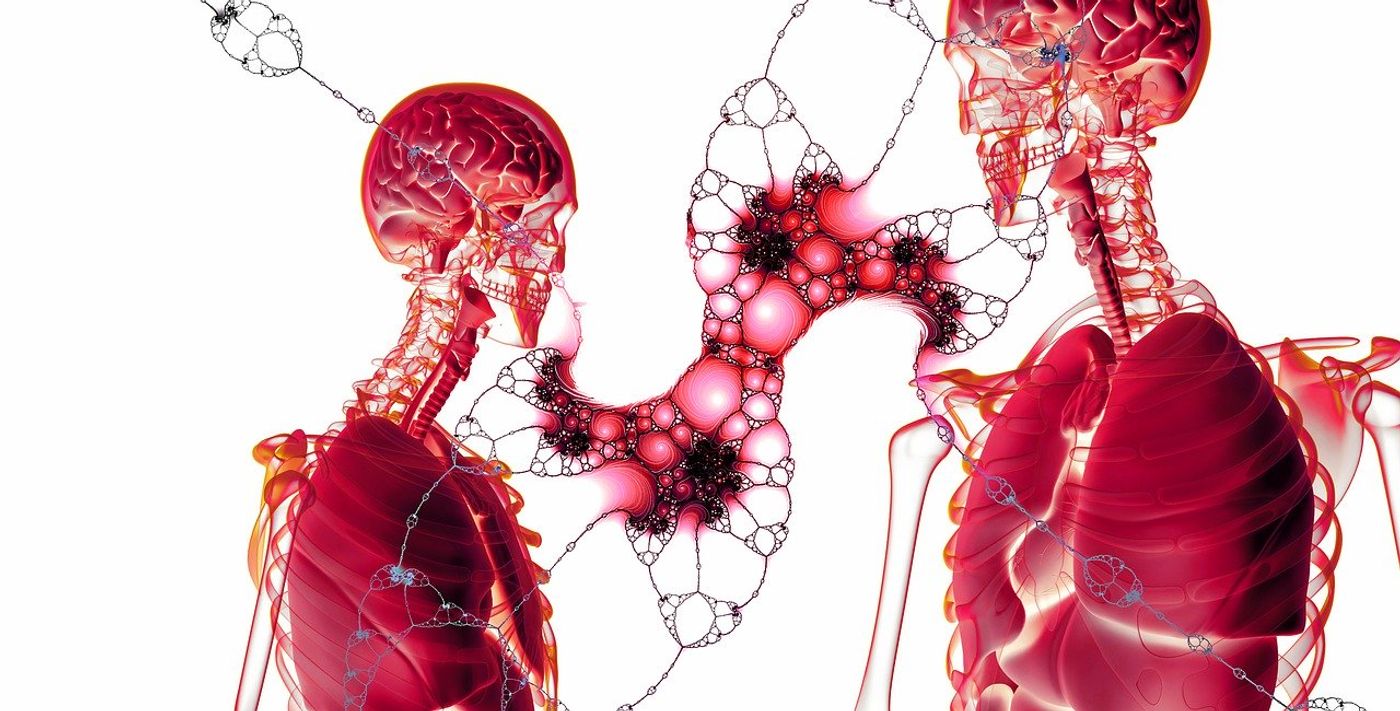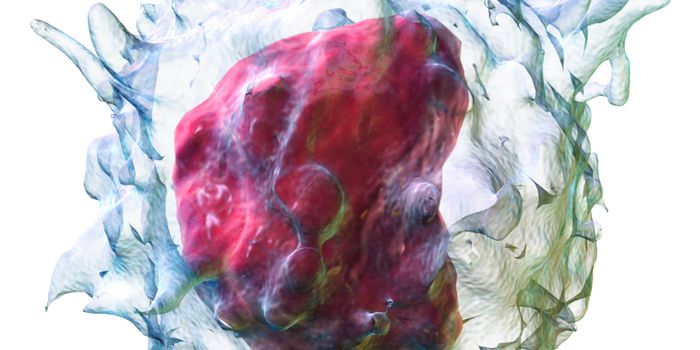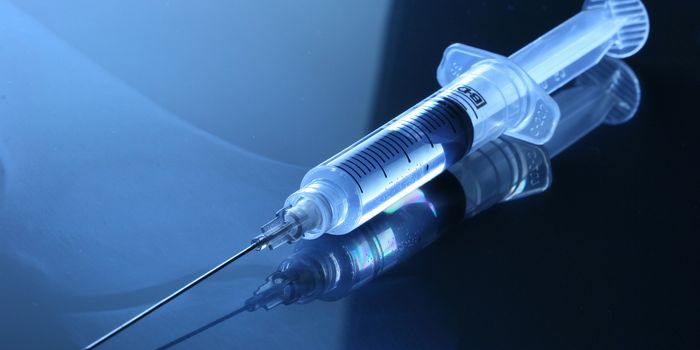New Airway-Hugging Immune Cells Discovered in the Lung
Scientists have discovered a previously unknown subset of immune cells residing in the lung that specifically combat viral infections. The respiratory tract is particularly susceptible to invading viral pathogens, such as influenza, or SARS-CoV-2 (the virus that causes COVID-19).
Alveolar macrophages, or AMs, are the first line of cellular defense in the airways. These immune warriors deal with incoming infectious agents by “gobbling” them up through a process known as phagocytosis. They also secrete a cocktail of inflammatory chemicals known as cytokines, to recruit other immune cells to the site of potential infection.
Scientists from Columbia University Medical Center recently found a distinct subset of AMs: nerve and airway associated macrophages, or NAMs. From their studies in mice, the group observed that this particular group of cells played a central role in dampening inflammatory responses during viral infections, in order to prevent damage to the respiratory system as a result of chronic inflammation.
As part of their investigation, the team exposed mice to the influenza virus to determine the cellular and biochemical processes orchestrated by airway-hugging NAMs during infection. This revealed a fascinating interplay between AMs and NAMs — while AMs primarily got rid of the virus, NAMs helped to keep infection-induced inflammation in check.
Mapping the complex inflammatory cascades triggered by viral infections can provide valuable insights for creating treatments to manage respiratory infections like COVID-19.
The corresponding author of the study published in Science Immunology, Professor Kamal M. Khanna, said: “I think what excites me most about our findings is the fact that we have identified a unique subset of the macrophage population (a critical cell type of the innate immune system) that we know very little about. Our results provide essential insights into the development and maintenance and functions of a poorly understood subset of resident macrophages in the lung.”
Sources: Technology Networks, Science Immunology.









